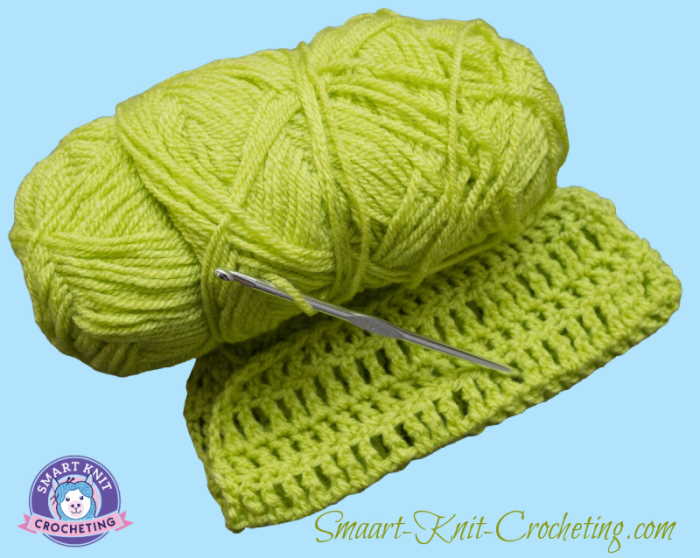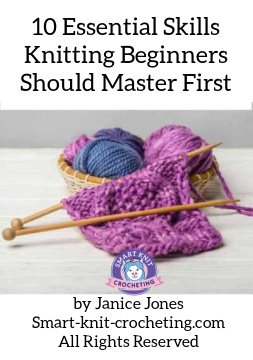- Home
- Types of Knit Stitches
- Knitting Rib Stitches
- Slip Stitch Rib
- Mock Ribbing Slip Stitch
Mock Ribbing Slip Stitch Design: Beginner-Friendly Tutorial
Mock Ribbing Slip Stitch by Janice
Knitting, with its rich history and diverse array of stitches, offers a canvas for creativity and self-expression. The Mock Ribbing Stitch is a versatile and visually appealing possibility among the myriad stitch patterns.
In this article, we will explore the origins of the Mock Ribbing Stitch, delve into its unique characteristics, provide instructions for mastering it, and uncover any alternative names it might go by.
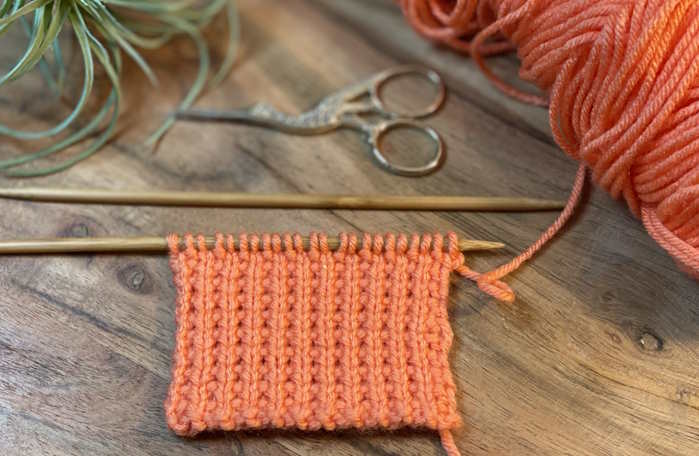 The Mock Rib Slip Stitch Knit Pattern is a Beginner-Friendly stitch to try.
The Mock Rib Slip Stitch Knit Pattern is a Beginner-Friendly stitch to try.The Name and Origins:
The Mock Ribbing Stitch derives its name from its deceptive appearance, mimicking the classic ribbing technique while employing a more straightforward method.
Ribbing is a common technique involving alternating knit and purl stitches to create a stretchy, textured fabric. The Mock Ribbing Stitch achieves a similar effect without requiring intricate stitch combinations.
The exact origin of the Mock Ribbing Stitch remains elusive, as knitting patterns and techniques tend to evolve organically within knitting communities. However, its popularity can be attributed to its accessibility for knitters of all skill levels, making it a staple in many pattern collections.
Skill Level

Abbreviations Used
K – Knit
P – Purl
Sl – Slip
Wyif – with yarn in front
* * Repeat the instructions between the two asterisks the number of times indicated in the instructions.
Skills Needed for This Tutorial
Knit Stitch
Purl Stitch
Cast on
Bind off
Slip Stitch
How to hold the yarn in front of the needle
Weave in Ends
Is the Pattern Reversible
The front and the back sides look great, but they are not identical. The front shows a typical 1 x 1 rib, and the back side resembles a mesh fabric.
 Mock Ribbing Slip Stitch Pattern, Right Side
Mock Ribbing Slip Stitch Pattern, Right Side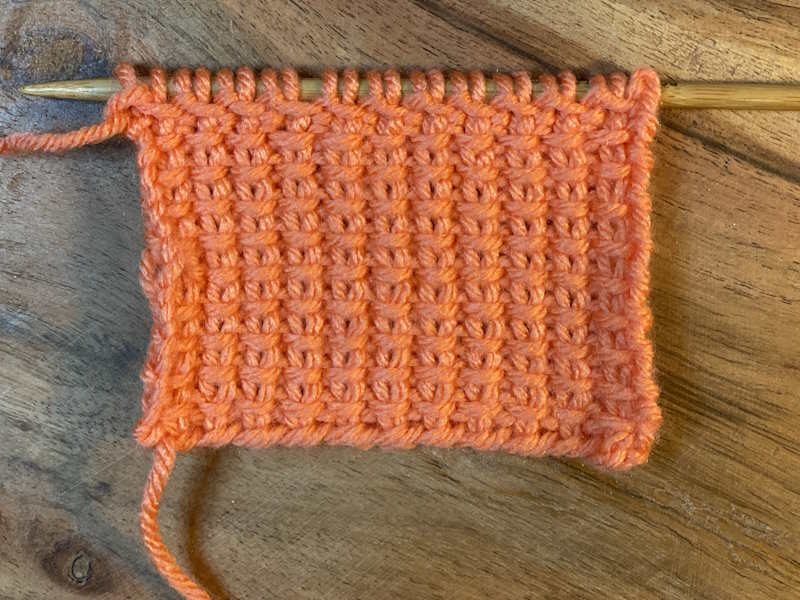 Mock Ribbing Slip Stitch Pattern Wrong Side
Mock Ribbing Slip Stitch Pattern Wrong SideNotes About This Pattern
- Worked on a two-row repeat.
- Worked on a multiple of 2 + 1 or an odd number of stitches.
- Reversible, but the sides are not identical.
- Slightly stretchy
- Lays flat, not curling
- Worked with Slipping stitches from the left to the right needle without working them.
- Some knitters refer to it as the "Fake Ribbing Stitch" or the "Faux Rib Stitch."
Materials:
- Yarn of your choice (A light color smooth yarn works best on this pattern
- Knitting needles appropriate for your yarn weight.
- Scissors
- Yarn Needle for weaving in ends
Instructions for the Mock Ribbing Slip Stitch
Worked on an odd number of stitches.
For this tutorial, I cast on 23 stitches using a worsted weight yarn and Number 7 (4.5 mm) bamboo needles.
Row 1 (RS): K1, *P1, K1, rep from * to end of row.
Row 2 (WS): P1, *sl 1 wyif, P1, rep from * to end of row.
Explanation of Row 2 in plain English:
- First, make one purl stitch.
- The following two actions are repeated across the row: (1) Place the working yarn in the front of the needle as if you were going to make a purl stitch. Insert the right needle into the next stitch on the left needle as if to make a purl stitch. Without making a purl stitch, Slip the next stitch off the left needle and onto the right needle. (2) Make one Purl Stitch. Repeat across the row.
Repeat rows 1 and 2 above until you reach your desired length. Bind off and weave in ends.
Learn How to Read Knitting Charts
This is an easy pattern that is worked on a two-row repeat with few abbreviations used. Therefore, written instructions are the typical way of working this stitch.
However, using a knitting chart makes sense as patterns get more complex.
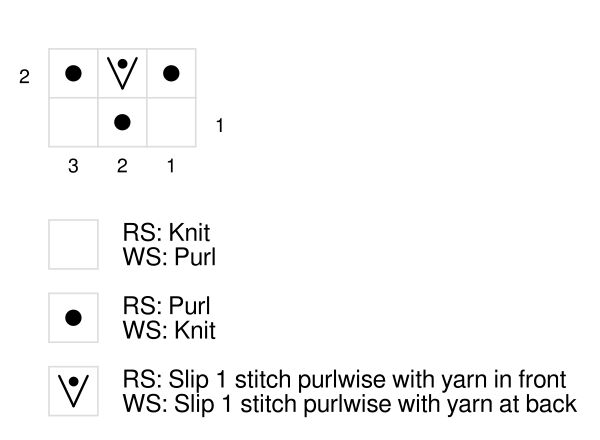
Ideas for Putting This Stitch to Use
The Mock Ribbing Stitch is characterized by its elegant vertical lines and a subtle, raised texture that resembles traditional ribbing.
It adds depth and interest to knitted pieces, making them suitable for various projects, from scarves and sweaters to blankets and accessories.
The stitch pattern is reversible, making it an excellent choice for items where both sides will be visible. However, both sides do not look identical.
One of the key advantages of the Mock Ribbing Stitch is its simplicity. While achieving the appearance of ribbing, it involves repeating a straightforward combination of knit and purl stitches.
This makes it ideal for beginners looking to enhance their skills and create polished, sophisticated pieces.
Conclusion
The Mock Ribbing Stitch is a testament to the ingenuity and adaptability within the knitting world.
It's deceptive simplicity and versatility make it a valuable addition to any knitter's repertoire, whether you're a beginner seeking an approachable challenge or an experienced crafter looking to add texture to your projects.
As you explore the knitting world, please don't underestimate the power of Mock Ribbing Stitch to elevate your creations and infuse them with timeless elegance.
Mock Ribbing Skil Stitch:
Pin for Future Reference
References and Further Reading
Knit & Purl Stitches 250 to Knit, The Harmony Guides
I love this guide, actually the total Harmony Guides series.
About Janice
I've been kniting and crocheting since childhood, but never got serious until about 4 years ago. Taking classes, reading books, and most importantly, practicing, I've gained an understanding of how one might struggle when learning to knit or crochet.
Now, I'm on a mission to help others learn how to knit and crochet, and to love these needlearts as much as I do. More about Janice.




